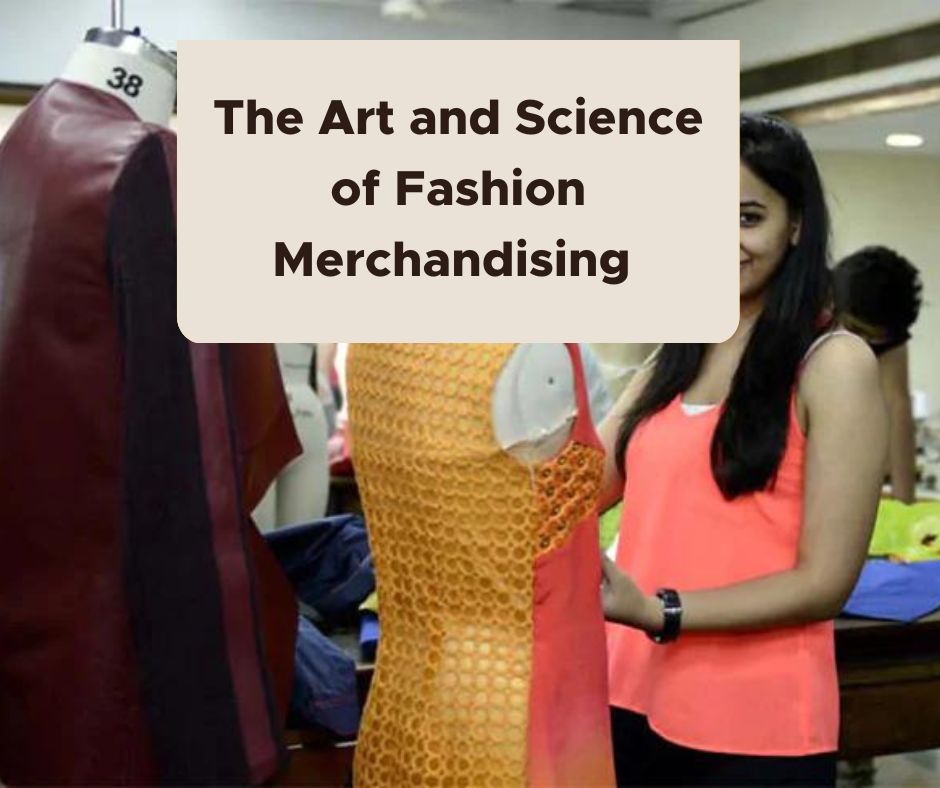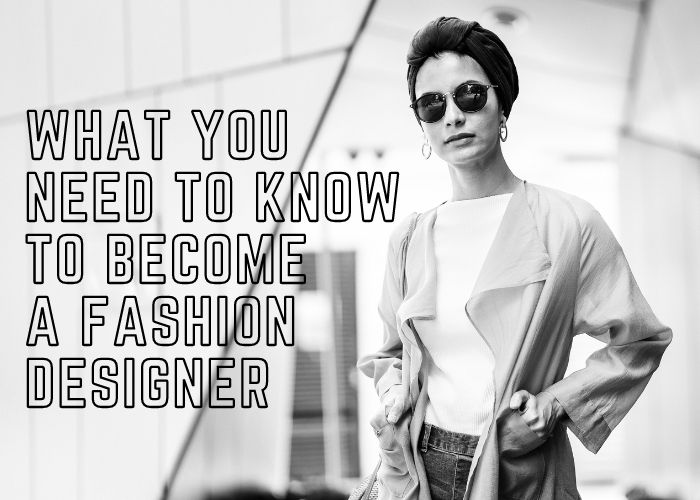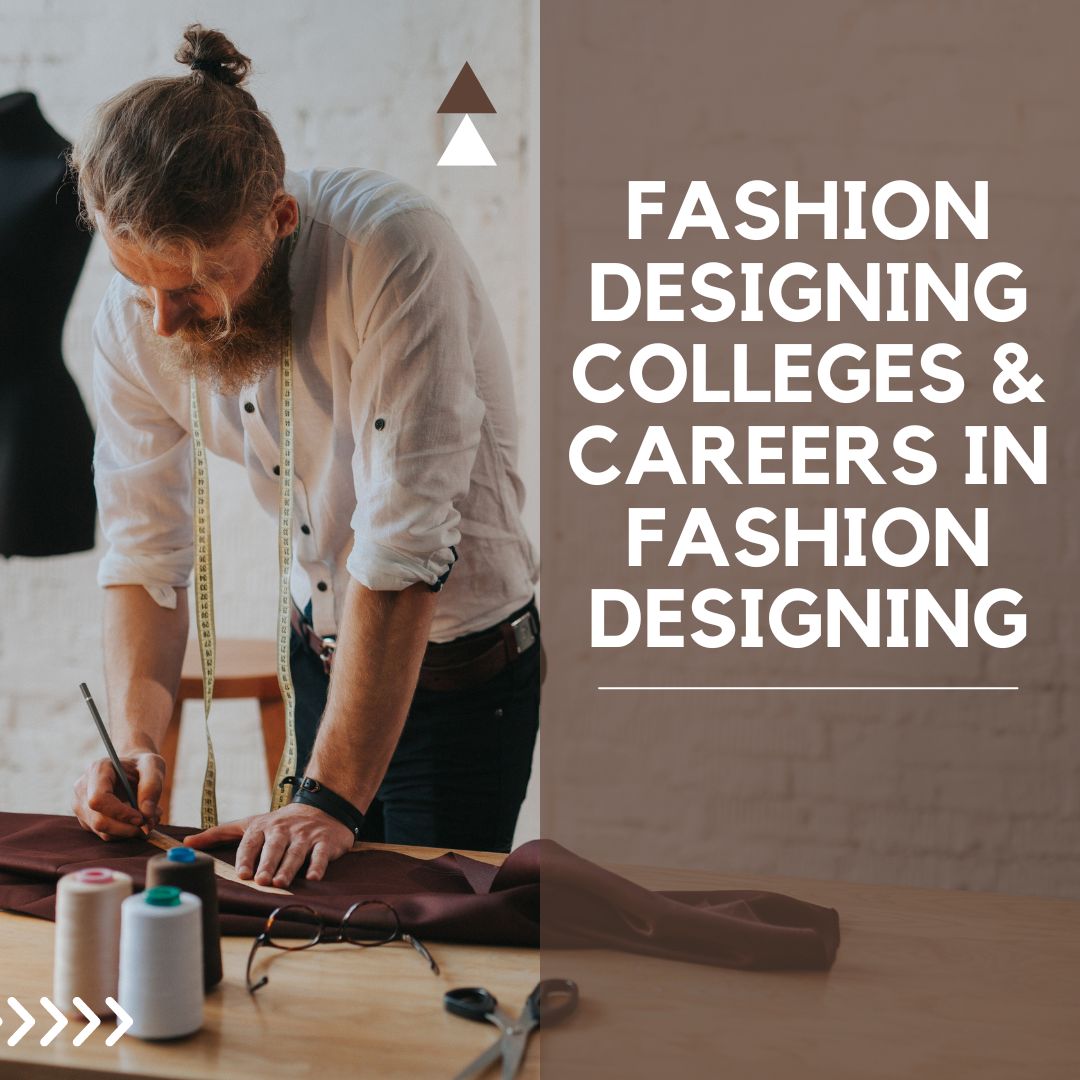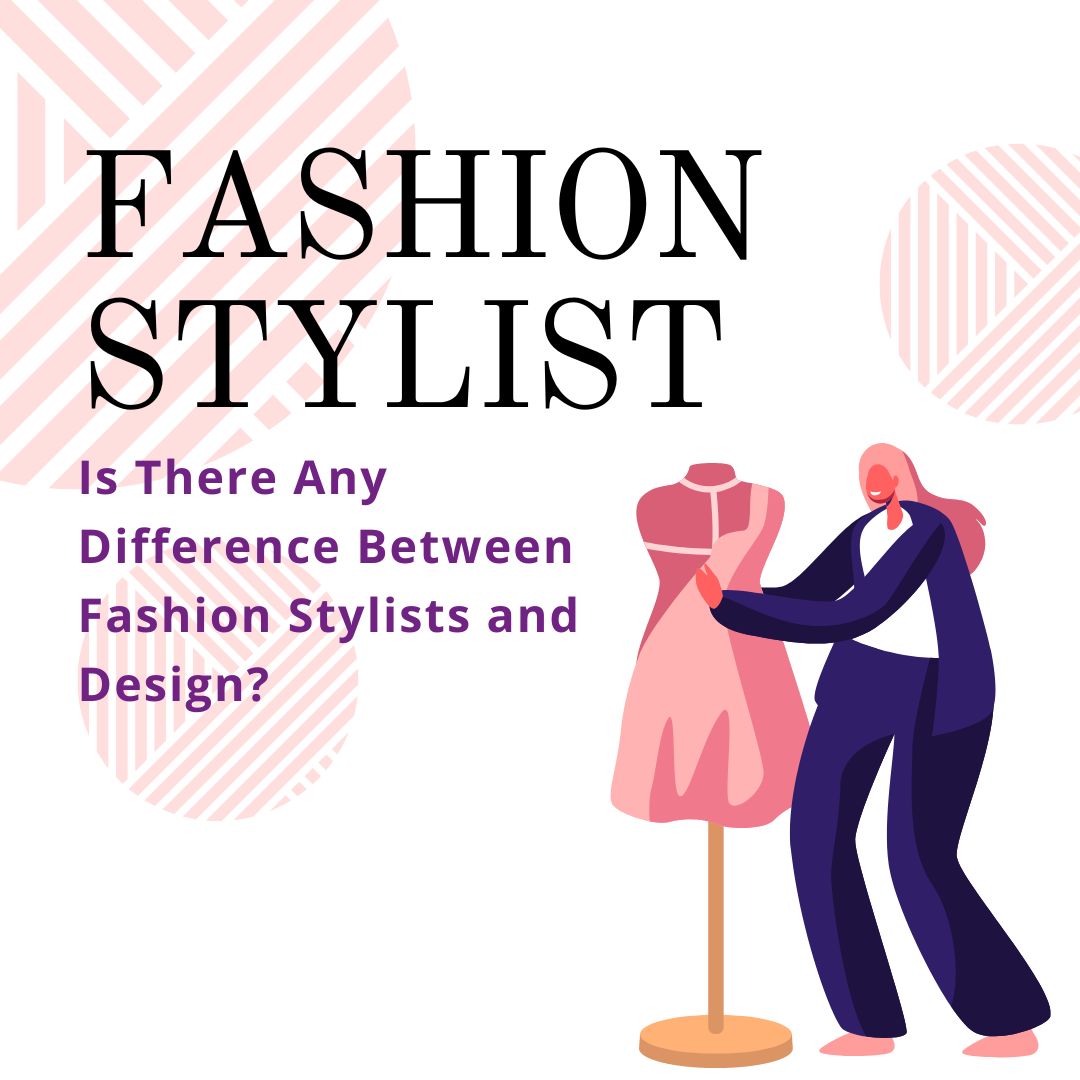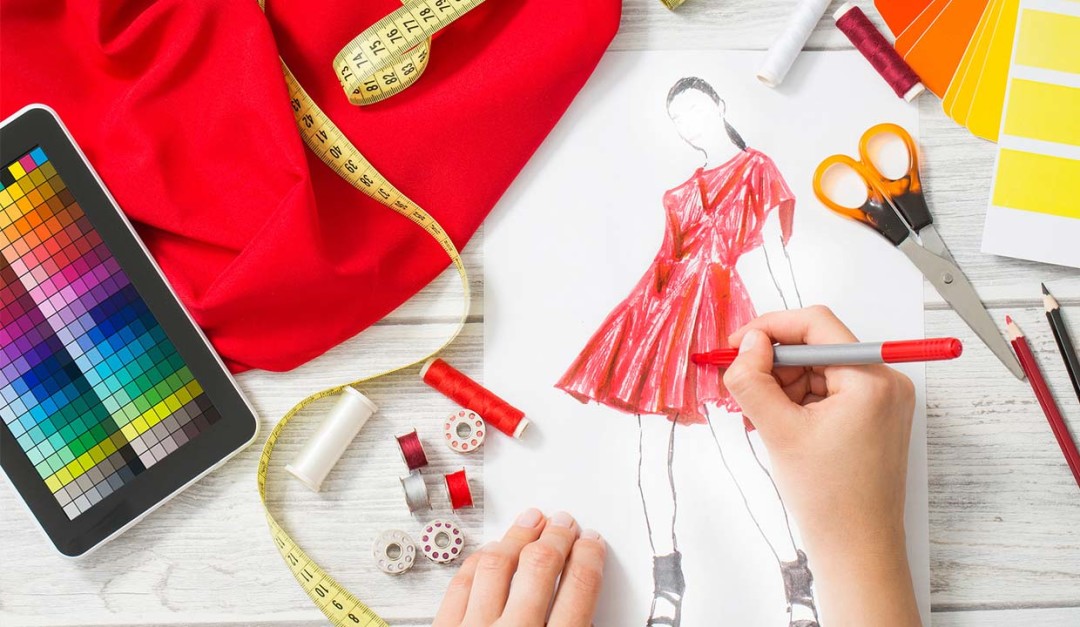Choosing the right fashion design institute is a crucial decision that can pave the way for a rewarding career in the dynamic world of fashion. Among the numerous options available, the International College of Fashion (ICF) shines as a premier institute in Delhi, offering comprehensive courses and career fashion designing institute in Delhi benefits that set it apart. In this blog, we will explore why ICF stands out as a leading fashion design institute in Delhi, focusing on its diverse courses and the career benefits it offers aspiring fashion designers.
Comprehensive Fashion Design Courses
ICF takes pride in its diverse and comprehensive fashion design courses catering to student’s interests and career goals. Whether one aspires to be a fashion designer, fashion technologist, or fashion entrepreneur, ICF offers specialized programs tailored to each individual’s needs.
The courses at ICF encompass various aspects of fashion design, including design principles, garment construction, pattern making, textile technology, and fashion illustration. Additionally, students can explore specialized areas such as sustainable fashion, fashion communication, and fashion marketing, ensuring a holistic learning experience.
Industry-Relevant Learning
ICF stays at the forefront of the fashion industry by incorporating the latest trends and technologies into its curriculum. The institute’s faculty, comprising industry experts and seasoned professionals, ensures students have the knowledge and skills relevant to the ever-changing fashion landscape.
Hands-on learning, practical workshops, and industry collaborations expose students to real-world scenarios, preparing them to tackle the challenges and demands of the fashion industry. ICF fosters an environment where creativity flourishes, and innovation is encouraged, setting its students apart in the competitive fashion world.
Experienced Faculty and Mentors
ICF’s faculty members are not just teachers but mentors for life. With extensive industry experience and academic expertise, the faculty at ICF provides valuable insights into the nuances of the fashion world. Their guidance and mentorship go beyond the classroom, inspiring students to think creatively and critically and nurturing their talents.
The personalized attention and one-on-one interaction with the faculty enable students to explore their unique artistic expression and develop a distinctive design identity. This approach sets the stage for their success as aspiring fashion designers.
State-of-the-Art Facilities and Resources
ICF’s commitment to providing a conducive learning environment is evident in its state-of-the-art facilities and resources. Design studios, computer-aided design (CAD) labs, and pattern-making labs equipped with cutting-edge software empower students to translate their creative vision into tangible designs. The institute’s library houses an extensive collection of fashion books and resources, offering knowledge and inspiration.
Moreover, ICF regularly updates its facilities to stay in line with the latest industry trends and technological advancements, ensuring students can access the best resources to enhance their learning experience.
Industry Collaborations and Internships
At ICF, industry exposure is not just a buzzword but an integral part of the curriculum. The institute collaborates with renowned fashion houses, designers, and brands, providing students internships and live project opportunities.
These industry collaborations offer students valuable exposure to real-world challenges, trends, and practices, allowing them to apply their theoretical knowledge in practical settings. It also facilitates networking and opens doors to potential job opportunities in the future.
Fashion Shows and Exhibitions
ICF recognizes the importance of showcasing students’ talent and creativity on a grand platform. The institute organizes fashion shows and exhibitions where students display their collections to industry professionals, media, and the public.
Participating in these events boosts students’ confidence and helps them gain recognition and feedback from industry experts. This exposure serves as a steppingstone for their careers and opens up avenues for future collaborations and opportunities.
Emphasizing Sustainability and Ethical Practices
As the fashion industry shifts towards sustainability and ethical practices, ICF places great emphasis on nurturing responsible fashion designers. The courses integrate sustainable design principles, eco-friendly materials, and ethical production methods, instilling in students a sense of responsibility and consciousness.
By incorporating sustainability into its design process, ICF equips its students to meet the growing demand for sustainable fashion and contribute positively to the industry.
Career Guidance and Placement Support
The journey of a fashion student does not end with graduation. ICF extends its support through career guidance and placement assistance to ensure its graduates embark on a successful career path.
ICF’s career development team provides students with the necessary tools and resources to navigate the job market, prepare for interviews, and build a professional portfolio. The institute’s strong industry connections and reputation are crucial in connecting students with potential employers and job opportunities.
Testimonials and Student Experiences
The students’ experiences at ICF provide valuable insights into the institute’s impact on their personal and professional growth. Testimonials from current and past students highlight ICF’s nurturing and inspiring learning environment, where students are encouraged to explore their creativity and unlock their potential.
These experiences reflect ICF’s dedication to providing a transformative learning experience and building a supportive community for aspiring fashion designers.
Conclusion
Aspiring fashion designers in India must look at the International College of Fashion (ICF) to embark on a successful career. With its comprehensive courses, industry-relevant learning, experienced faculty, state-of-the-art facilities, industry collaborations, and emphasis on sustainability, ICF stands out as a premier fashion designing institute in Delhi.
ICF’s commitment to nurturing creativity, fostering innovation, and providing career guidance sets its students on the path to an enriching career in the fashion industry. By choosing ICF, fashion students can be confident that they are stepping into an institute that not only equips them with the skills and knowledge they need but also prepares them to make a mark in the ever-evolving fashion world.




